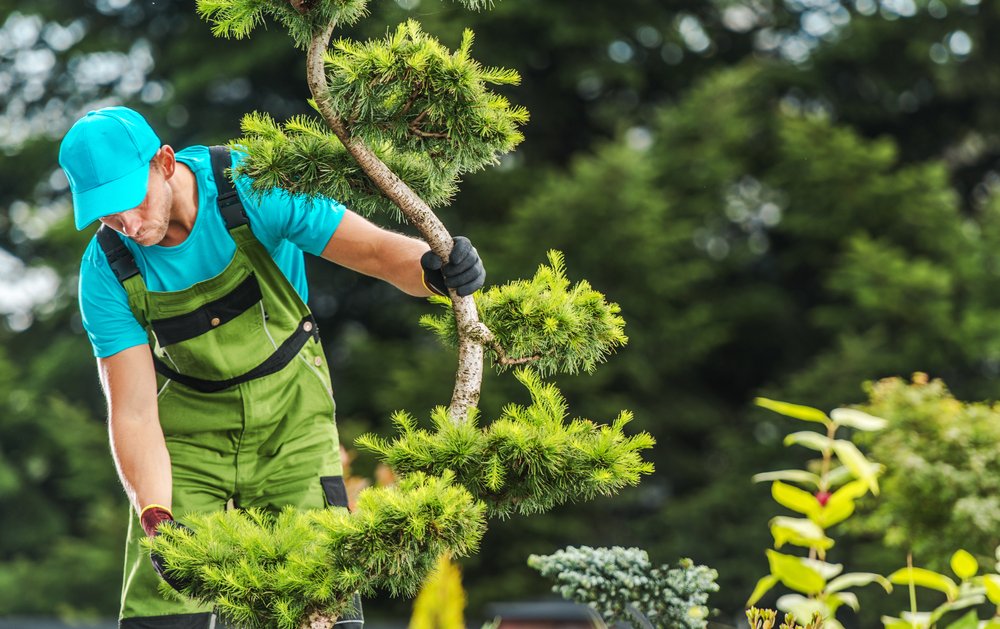As winter fades and nature begins to wake up, it’s the perfect time to focus on tree health maintenance. Spring offers the ideal conditions to assess, treat, and prepare your trees for the growing season. By taking strategic steps during this time of year, you can boost tree vitality, encourage healthy growth, and help prevent future issues. Whether you’re a homeowner or manage commercial property, understanding seasonal tree care is key to long-term success.
Spring Tree Health Maintenance Checklist
Trees endure a lot during the winter—freezing temperatures, high winds, and heavy snow can all take a toll. A proper checklist can help you get a clear picture of what your trees need to recover and thrive. Here are a few essential steps:
- Visual inspection for signs of disease, pests, or physical damage
- Pruning dead or broken limbs to prevent hazards and improve structure
- Planting or transplanting young trees while the soil is still moist
- Fertilization to replenish soil nutrients
- Mulching to lock in moisture and regulate soil temperature
- Debris removal to promote sunlight exposure and soil airflow
Consistently following this list each spring supports a healthier, more resilient landscape overall.
The 3 Phases of Tree Care in Spring
Understanding when to perform specific tasks can make a big difference in how effective your spring tree care efforts are. Dividing the season into three phases can help guide your maintenance strategy.
Early Spring: Post-Winter Assessment
This is the time to look for any winter-related damage. Broken branches, trunk cracks, or exposed roots may signal stress or decay. Inspect your trees closely and remove any dangerous or dead limbs. If you notice any signs of disease or infestation, it may be wise to call a professional tree services provider to assess the situation and recommend treatment.
Pre-Bloom: Soil & Structural Prep
Before trees start to bloom, it’s important to clear away fallen leaves, branches, and other debris. This phase is also ideal for applying a slow-release fertilizer, which gives your trees the nutrients they need to flourish. Preparing the soil ensures that roots can absorb moisture and minerals effectively, supporting overall tree health maintenance.
Full Bloom: Moisture Retention & Growth Support
As the weather warms, your trees shift into full growth mode. This is when mulching becomes especially valuable. A 2-4 inch layer of organic mulch placed around the base of your tree helps retain moisture and reduce weed competition. Be sure not to place mulch directly against the trunk. This phase of spring tree care sets the tone for the hot months ahead.
Why Spring Tree Care Matters
The spring season plays a crucial role in your trees’ annual life cycle. After a long, dormant winter, trees need a boost to regain their strength and vitality. Timely care during this window can help prevent diseases, discourage insect infestations, and improve long-term structural health.
Investing time and effort into spring maintenance isn’t just about aesthetics—it’s about promoting strong root systems, healthy canopies, and balanced growth. This also reduces the likelihood of storm-related damage during the summer months.
How Professional Tree Services Support Tree Health
While some maintenance tasks are easy to manage yourself, certain aspects of tree care require specialized knowledge and tools. Professional tree services offer the expertise to identify hidden issues, safely remove hazardous limbs, and apply targeted treatments.
Arborists can also help with soil testing, deep root fertilization, pruning for shape and airflow, and even pest management. Having a tree care expert on your side ensures your trees receive customized care based on species, age, and environmental factors.
Tree Health Maintenance Beyond Spring
Spring may be a prime time for tree upkeep, but healthy trees require attention year-round. During the summer, watering and pest monitoring become top priorities. In fall, it’s time to prepare trees for dormancy with strategic pruning and fertilization. Winter is best for structural pruning and inspecting for storm damage.
Ongoing tree care across all four seasons maximizes your landscape’s beauty, safety, and longevity. Trees are long-term investments—and just like any investment, they thrive best when given consistent attention.
Keep Your Trees Thriving All Year Long in Lee, NH
Spring is the perfect time to start strong with tree health maintenance, but consistent care throughout the year is key to lasting results. By following seasonal best practices and partnering with professional tree services when needed, you set your trees up for success. Healthy, well-maintained trees boost curb appeal and create a safer and more enjoyable outdoor space for years to come.
Ready to give your trees the care they deserve? Contact us today at Phil’s Tree Service for expert support and reliable solutions tailored to your landscape’s unique needs.


